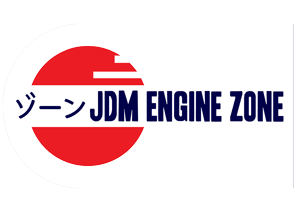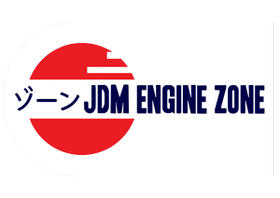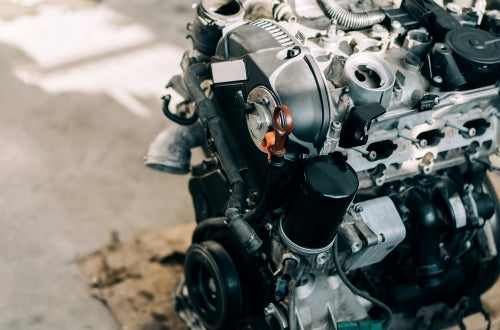JDM Engine Swap Tuning: Best Practices and Techniques
JDM Engine Swap Tuning: Best Practices and Techniques

Tuning a JDM engine swap can be a daunting task, but with the right guidance, it can be done efficiently and effectively. Swapping an engine can provide a significant boost in performance, but it’s essential to ensure that the engine is tuned correctly to get the most out of the upgrade. This blog post highlights some best practices and techniques for JDM engine swap tuning to help you achieve maximum performance from your vehicle.
Choose the Right ECU:
One of the critical components of JDM engine swap tuning is selecting the right ECU. It’s essential to choose an ECU that is compatible with your engine and has the features necessary for tuning. Look for an ECU that can handle the engine size, fuel injectors, and control the ignition timing. Consider custom tuning software as well, which allows you to make even finer adjustments to your engine’s performance.
Dyno Tuning:

Dyno tuning is a popular technique for fine-tuning an engine’s performance. It is a process where the vehicle is placed on a rolling road, and the technician tunes the engine while monitoring performance measurements such as horsepower, torque, and AFR. Dyno tuning offers precise control over engine performance and allows you to make adjustments based on real-time data.
Upgrade Fuel System:
A vital consideration for JDM engine swap tuning is the fuel system. Upgrading the fuel system is essential to ensure that the engine is consistently supplied with enough fuel. This upgrade is especially critical if you have significantly increased the engine’s power output. Installing a high-flow fuel pump and larger injectors can help to provide the necessary fuel to keep your engine performing at its maximum.
Install Wideband O2 Sensor:
One of the most important steps in engine tuning is the use of a wideband O2 sensor. A wideband sensor provides a more accurate measurement of AFR than a narrowband sensor, allowing you to make fine adjustments to your engine’s air/fuel ratio. This is critical for ensuring that your engine is operating at its most efficient and to prevent damage due to running too lean or too rich.
Monitor Engine Health:

Once you have completed your JDM engine swap tuning, it’s important to keep an eye on your engine’s health. Keep track of engine performance data, such as AFR, oil pressure, and coolant temperature, to ensure the engine is running smoothly. Regularly check for leaks and damage to the engine components, and resolve any issues promptly.
In conclusion, JDM engine swap tuning can be challenging but is essential for achieving maximum performance from your vehicle. Selecting the right ECU, performing dyno tuning, upgrading the fuel system, installing a wideband O2 sensor, and monitoring engine health are key best practices and techniques for tuning your engine. By following these tips, you can optimize your engine’s performance and keep it running smoothly for years to come.




